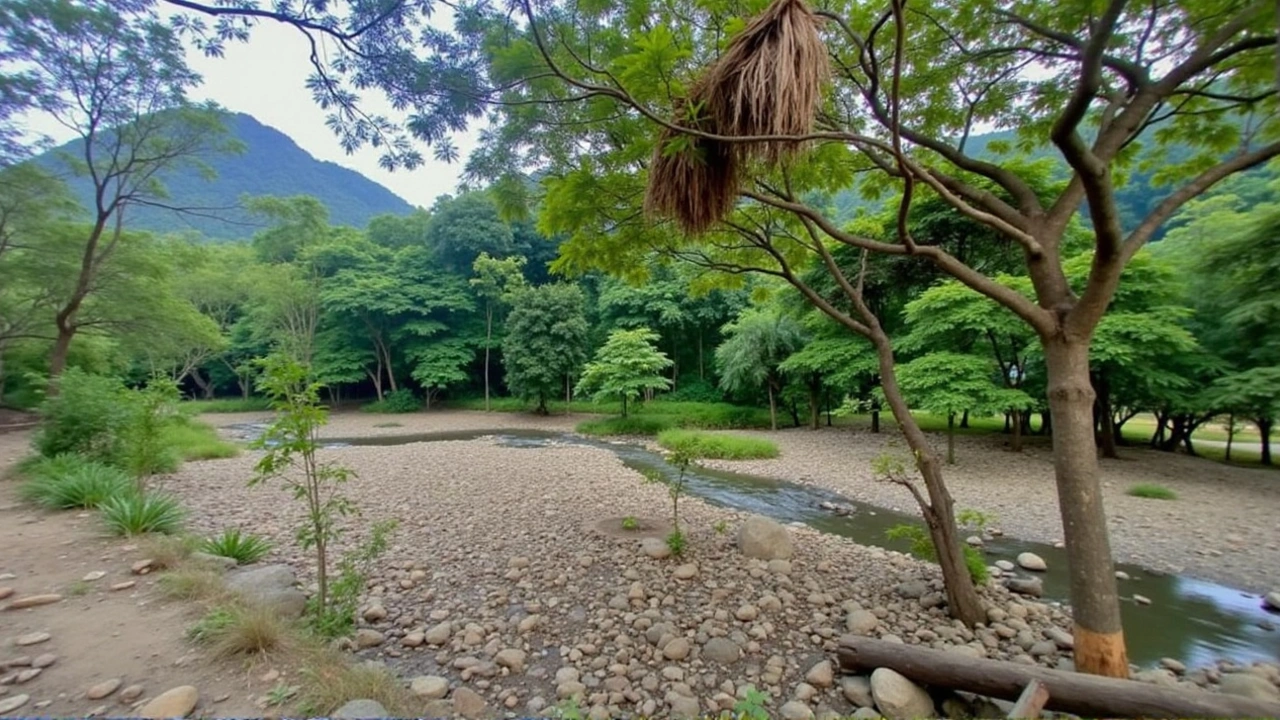Water supply safety: what to check and what to do today
Think your tap is always safe? Not necessarily. Water can pick up bacteria, heavy metals, and tiny amounts of medications from the environment. That doesn’t mean panic — it means a few simple steps can keep your family safer and your water cleaner.
If you take or handle medicines, don’t flush leftovers. Flushing sends drug residues into rivers and sometimes into the drinking supply downstream. Use pharmacy take-back programs when you can. If there’s no take-back nearby, mix pills with coffee grounds or kitty litter, seal them in a bag, and toss them in household trash — that keeps them out of waterways.
Quick home checks and fixes
Know whether you’re on a municipal system or a private well. If you have a well, test annually for bacteria and nitrates and every few years for things like arsenic or lead. If your home has older plumbing, test for lead, especially if pipes or fittings date before the 1980s.
Filters help, but they aren’t all the same. Activated carbon filters reduce many organic chemicals and some medication residues. Reverse osmosis (RO) systems remove the widest range of contaminants, including many dissolved solids, but they use more water and need maintenance. UV systems kill microbes but won’t remove chemicals. Pick a filter that targets the contaminants you’re worried about and follow the manufacturer’s change schedule.
Emergency water and basic treatment
Store at least one gallon of water per person per day for three days as a minimum. Use food-grade containers, keep them cool and out of sunlight, and replace stored water every 6–12 months.
If water quality is unknown, boil it: bring to a rolling boil for 1 minute (boil for 3 minutes at high elevations above about 6,500 feet). To disinfect without boiling, add 8 drops (about 1/8 tsp) of unscented household bleach (5–9% sodium hypochlorite) per gallon, mix, and let sit 30 minutes; double the dose for cloudy water.
For small batches, water-purifying tablets and point-of-use filters designed for backpacking can work short-term. They’re not a long-term fix for chemical contamination, though; use RO or replace source if chemicals are present.
Watch for local alerts. If your city posts a boil-water advisory or contaminant notice, follow it immediately. Municipal water providers must publish annual water quality reports — read yours and act on any warnings.
Final practical steps: use take-back programs for meds, test private wells regularly, choose a filter that matches your needs, store emergency water properly, and follow boil or bleach instructions during advisories. Small actions now cut the chance of long-term problems and help protect the wider water supply too.
If you want, I can point you to testing kits, explain filter models, or list nearby drug take-back options based on your ZIP code.

